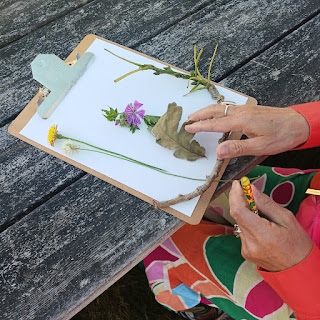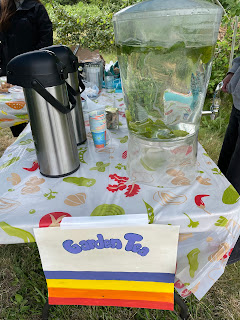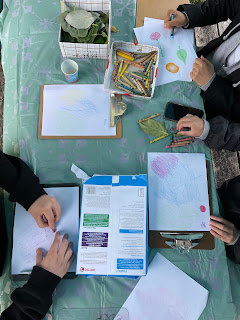So much has happened in the Orchard Garden since I started in September! I feel so lucky I get to tend to this space as it changes through the seasons. The garden is starting to go to sleep now that winter's approaching, and all the beds are covered in a nice warm blanket of leaves.
At the end of October we started up with bimonthly Sunday volunteering sessions. It has been so nice to have others come and help with big garden tasks, and I hope the volunteers are having as much fun as I am. With the help of these amazing volunteers we planted: garlic, broad beans, tulip bulbs, saffron crocuses, and Garry Oak Meadow companion plants! The big leaf piles around UBC campus have been useful sources for mulch to keep everything warm over the winter. We also harvested all the fruit from the apple and pear trees, and donated a large quantity to the UBC Sprouts community fridge.
The past few weeks I've found I have less to do in the garden, and have been focused on pruning, staking, and other little tasks for overwinter preparation. I've been spending more time planning for our upcoming monthly Saturday workshops (starting in January, stay tuned!) and have been doing some research into expanding our food forest with vines, root crops, and more berry shrubs.
Though there's not much growing right now, there's still lots of beauty in the garden and I look forward to watching how things continue to change as the season carries on :)

















































